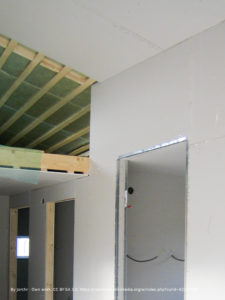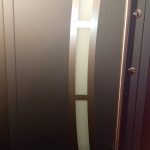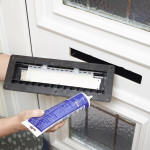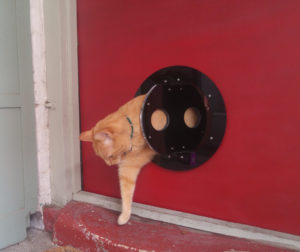Interiors
Interiors brings to mind paint colours and fabric finishes, but it’s much more than this. Episode 6 of the pod looked at the quality of new builds. Poorly fitted dry lining came up as an issue. Dry lining is the process of fitting ready-made plaster panels to walls. It’s quicker than wet plastering but if poorly fitted properly gaps appear between the panels. Draughts come into the house through these gaps. Any decoration applied to these walls will suffer over time.
Often these gaps are plugged with mastic or decorator’s caulk. This works for a while but degrades over time. If you’re having carpet fitted the fitter will often remove caulk from skirting boards, and not replace it. This leaves you with gappy, draughty skirting. Pay attention to both these infrastructural elements if you find a room draughty despite paying attention to the obvious causes.
Your home furnishings make a difference to how your home feels and performs. Colour choices matter. A light-coloured ceiling will reflect warm air down into a room. A dark carpet will absorb warmth and radiate it back up into the room. Consider your summer and winter furnishings. A thick curtain over a door in the winter helps to keep draughts at bay. A draught excluder at the foot of a door is very effective at keeping draughts out. Thick curtains at a window keep draughts away from the room. Blinds help to regulate solar gain in the summer. It’s preferable to sort out the source of a draught, but if you can’t then considering your interiors carefully will help.
In episode 7 of the pod we looked at passive cooling. This is the practice of designing a building to be comfortable all year round using good design and natural features. It’s a science all of its own, but put simply it’s about ensuring a house is cool in hot weather and warm in cold weather without using air conditioning. There are different considerations all round the world in different weather zones. As the planet heats up it’s likely we’ll be looking to passive cooling more and more.










